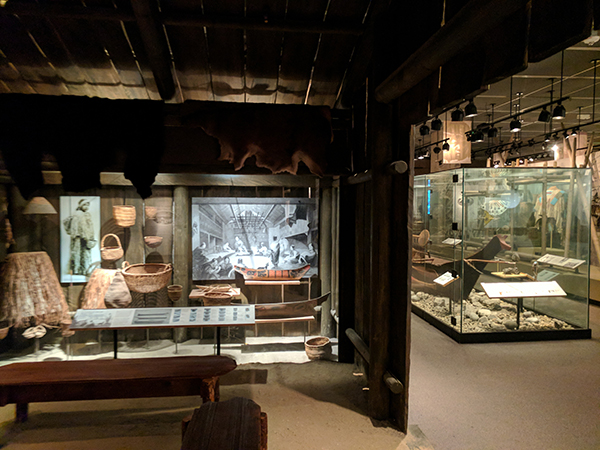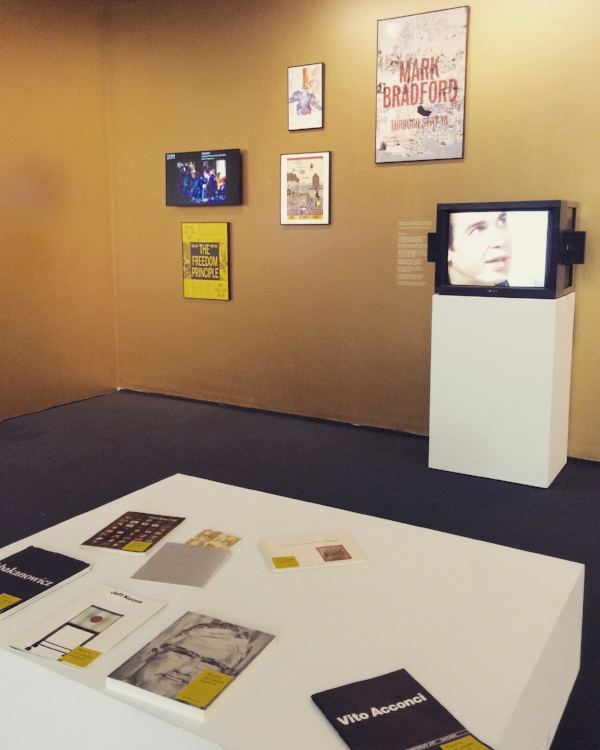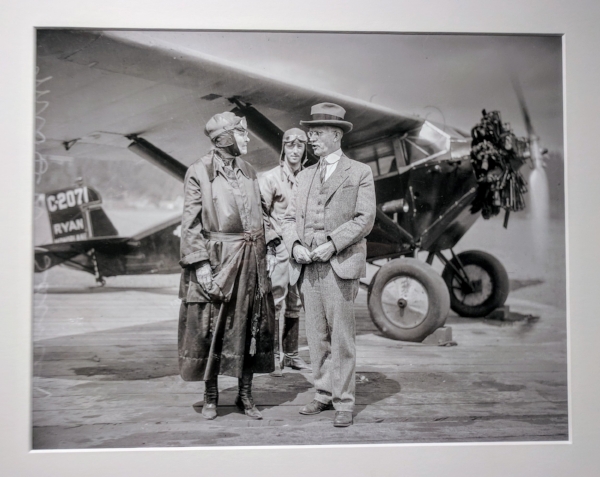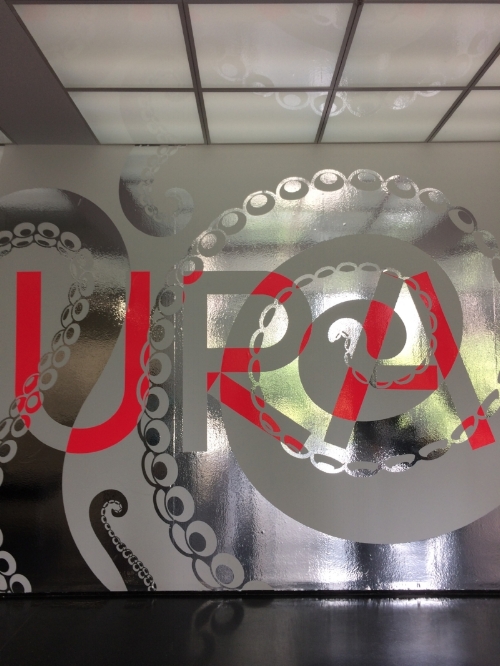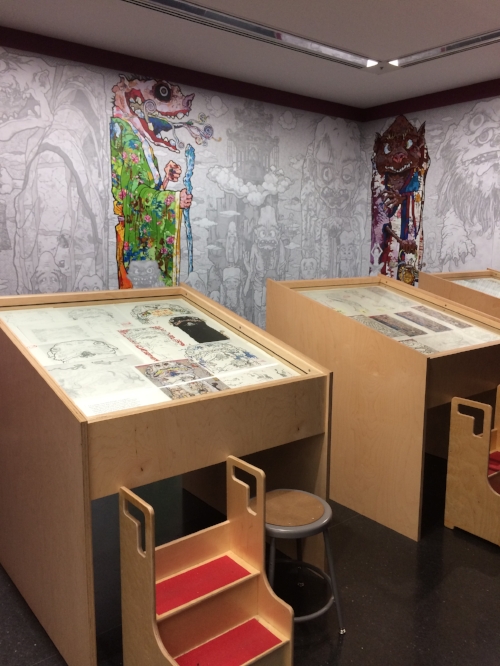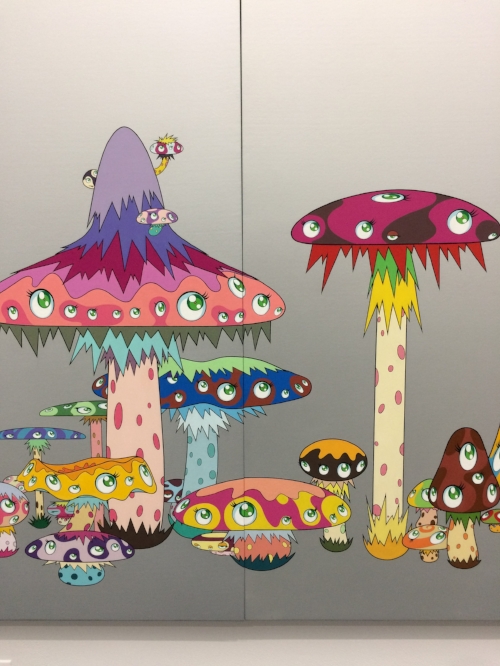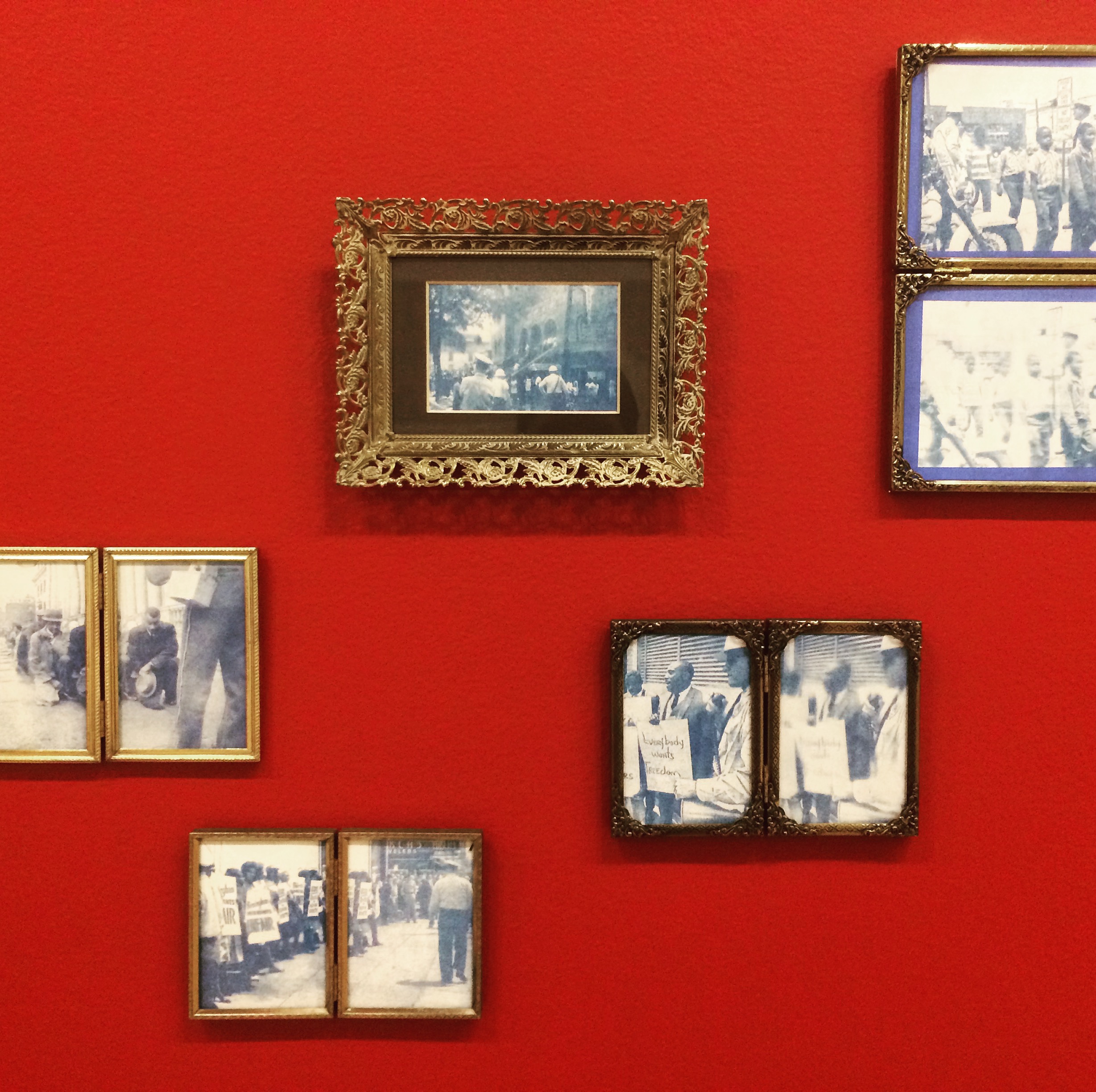I had the opportunity to go to my first professional conference this spring. The 45th annual American Institute for Conservation of Historic and Artistic Works held its meeting in Chicago this year, so I lucked out and was able to go. I’d taken two courses in preventive conservation from George Washington University in the previous 9 months, so I was excited to see many of the principles we learned about put into practice by professional conservators. Additionally, with our assessment of the institutional film archives at the Art Institute, and our ongoing relationship in providing imaging for our conservation department, I knew I’d gain some knowledge I could put to use at work. The sessions I went to certainly did not disappoint.
There were a variety of tracts attendees could pick depending on their field of speciality, but I decided to pick and choose between a variety of disciplines: electronic media, photographic materials, sustainability, research and technical studies, and beyond treatment. Presentations in these sub-groups ranged from on-the-ground efforts to reduce waste in conservation labs to creative rehousing with limited resources to failure in high-profile projects. The theme of the conference was Innovation in Conservation and Collection Care, and I was pleased that the presentations didn’t revolve exclusively around technology, since innovation and tech are often conflated.
Of course, given the fact that I’m in a technology-dependent field within the museum world, I did attend a number of sessions which dealt directly with the intersection of conservation and tech. A number of presentations directly and indirectly addressed the important role photography plays in conservation. The treatment of the WWII bomber Flak Bait was a prime example of this: experimental techniques to retain the surface of the wing while rebuilding the structure meant pre-treatment photographs were vital for achieving the correct final color and finish to the treatment.
There were several other discussions about the evolving use of new and experimental uses of imaging. A trunk full of locked letters have led a team of researchers to investigate using CT scans to capture the contents of the interior without unfolding them. It is hoped that these images can then be digitally unfolded so they can be transcribed and read. There is also emerging technology in the way images are accessed and displayed. A platform is being created wherein images can be automatically associated with one another. This means that different captures (including drawings, print reproductions, technical imaging, etc) can be seamlessly layered to tell a more full story of an object over time. It also means that stitching can occur by means of one reference image with individual tiles automatically aligning. These possibilities are exciting for the world of cultural heritage imaging.
I was also really interested in the sessions I went to which touched on digital preservation. There is a growing awareness of the importance of assuring the longevity of all our digital stuff, especially given the volume of these materials and the often invisible nature of degradation. There were presentations on the challenges of migration and emulation, and the realities of facing a loss of data as a result of obsolete file types, platforms, and hardware. It was eye-opening learning about how much of this work is trial-and-error.
I think one of my biggest takeaways from this conference was the idea of growth from “failure.” I’d hesitate to even call some of the issues and challenges addressed “failures,” especially since presenters learned much from roadblocks. One such experience included a multi-million dollar, cross-governmental project spanning many years in which varnish removal revealed unexpected and large expanses of more modern in-painting, which then had to be addressed in a new treatment proposal and project. Another included a piece of digitization equipment used by only a handful of individuals with no manual, and expectations that this equipment would open doors for collections accessibility and community needs, all with minimal manpower. It was refreshing seeing how these professionals faced up to difficulties, both anticipated and unanticipated, and were able to speak to how they moved past barriers. Fortunately for us, they shared their experiences so we could learn from them.
Additionally, there were some heartening presentations on what individuals and organizations can do with extremely limited resources. One presenter talked about her national agency which handles the conservation needs of dozens of museums and institutions throughout the country. They face the reality of a varied climate, a lack of funding, and a multitude of projects which need addressing. She talked about getting creative while being realistic, and how important reusing and recycling materials, repurposing tools, and hand-making housing for collections items are. Prioritization is key with the work that they do, so they must think in terms of triage. I think this is the case for many, (perhaps the majority) of museums, archives, and libraries - it’s unlikely there’s dedicated conservators for their collections, and when there are it’s still a challenge to keep up with the workload. As such, it’s good to prioritize preventive conservation efforts, which can go a long way towards minimizing future interventive treatments.
I feel fortunate to have gone to this conference. I learned a lot, I had the chance to see old colleagues and my GWU professor, and I felt a renewed sense of excitement about working in museums. It’s easy to get bogged down by the less enjoyable aspects of work, so this was an excellent chance to step back and see things in greater context.
